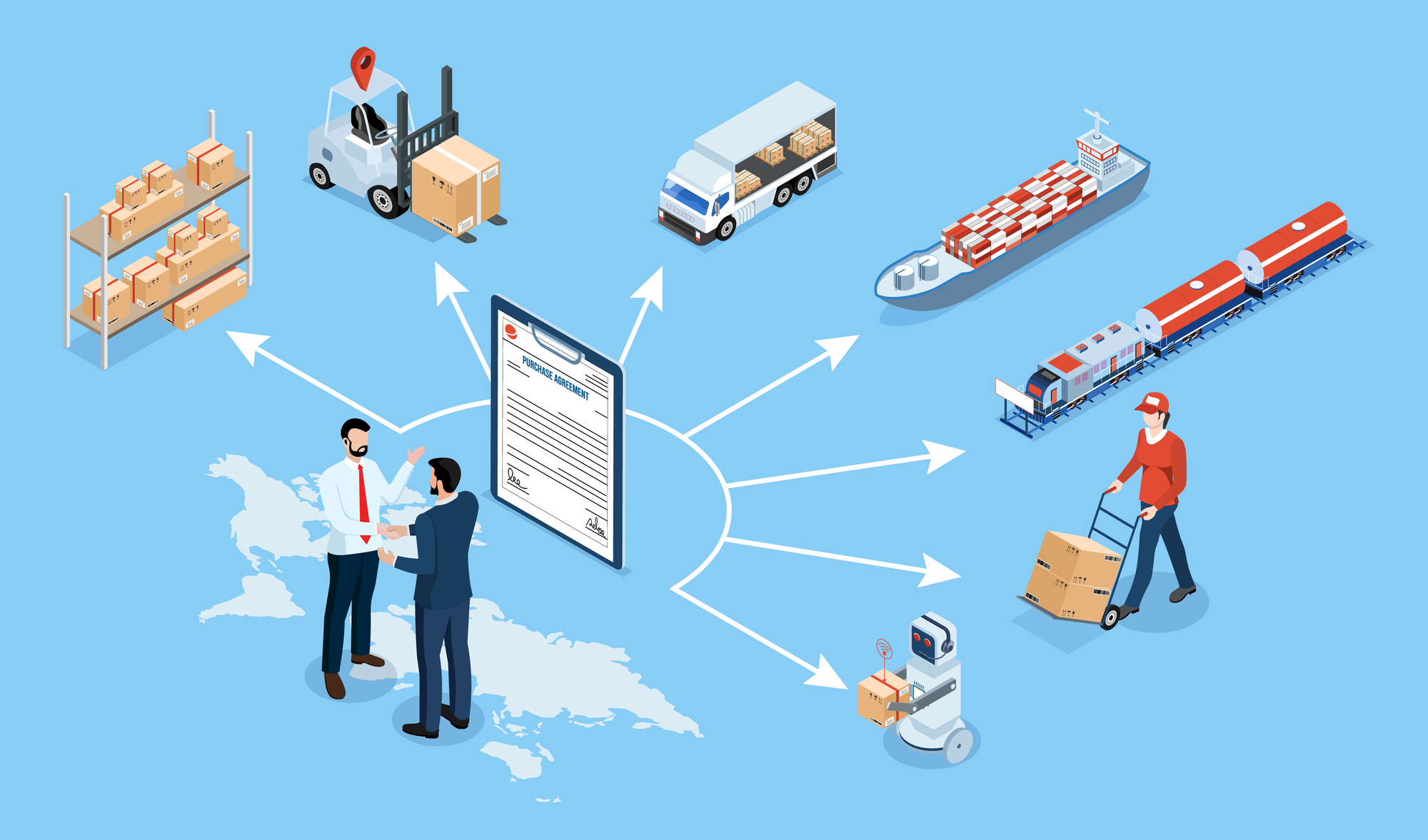Few activities bear as heavily on a manufacturing or retail business’s success as the procurement and payment function. Source-to-pay (S2P) solutions dictate the price and terms of raw materials, the treatment the organization receives and the benefits it can leverage from suppliers, the efficiency of inventory management, and dozens of other cost and profit centers throughout the business.
Organizations have long viewed streamlined source-to-pay functions and powerful e-procurement software as key components in managing their direct, finished goods logistics. Only recently, however, have OEMs, aftermarket suppliers, and retailers come to realize the advantages to be gained by applying source-to-pay data management and analytics to their indirect supply chain. With often thousands of SKUs, maintenance, repair, and operations (MRO) procurement – when properly managed – can deliver significant cost, productivity, compliance, and strategic benefits.
What Is Source-to-Pay?
Source-to-pay for MRO procurement integrates the full spectrum of activities designed to ensure the organization obtains spare machine parts, cleaning supplies, consumables such as gaskets, fuel, abrasives, lubricants, blades, bits, and gaskets at the right price and at the right time. The process starts with auditing the company’s needs to identify which materials it needs and determining the best way to get them, considering price, supplier reliability, risk, criticality, and more. Source-to-pay also includes negotiating favorable contracts, taking advantage of volume and prompt-payment discounts and supplier value-added services, and optimizing the payment function to minimize errors and make the most of human resources.
How Does S2P Improve MRO Strategy?
A formalized source-to-pay workflow simplifies, aggregates, and automates many of the MRO procurement and payment functions that many organizations still handle through inefficient manual processes and ad hoc operations. For instance, a qualified MRO services provider can help enterprises consolidate component purchases across divisions and locations to gain a better understanding of usage, cost, inventory levels, and shrinkage.
E-procurement software accessible via mobile device brings warehouse and supplier management to the edge, putting frontline employees who have the best view of current circumstances in charge of MRO supply management. This capability has taken on a greater importance in the wake of the recent global pandemic. Touchless inventory, payment, receiving, and distribution, which just a couple of years ago were regarded as stop-gap measures to deal with COVID-19 now present avenues for businesses to achieve strategic advantage. Insightful firms are source-to-pay data management and analytics tools to bring more long-tail spend under management and more purchase based on contracted terms.
Customers who entrust SDI with their source-to-pay implementation reap tons of rewards in terms of productivity, cost savings, and risk mitigation:
- Greater transparency into the purchase and disposition of supplies
- Aggregated orders and prompt payments that generate supplier discounts
- Less rogue spending and fewer expensive expedited deliveries
- More accurate demand forecasting and maintenance scheduling thanks to precise data
- Mitigated risk through supply consolidation, redundancy, and diversity
- Flexible strategic response thanks to data management and analytics
Where Can You Leverage S2P for MRO?
Applying source-to-pay innovations to MRO procurement is part of the greater movement to digital transformation of manufacturing and retail businesses. To do it right, companies must fully embrace the digital age and all the technologies that are making it happen. Optimizing and integrating contract management, source identification, automatic invoicing, inventory tracking, and all the other tasks involved in obtaining and paying for MRO supplies requires on-site, cloud-based, or outsourced access to a variety of expertise, infrastructure, hardware, software, and data.
Fortunately, organizations do not have to invest in these capabilities all at once, the advantages build on each other and can pay for themselves over time, allowing early adopted MRO services to form the foundation for mobilizing later integrations. Businesses interested in getting started with source-to-pay can start with components that will pay off with early wins that inspire corporate buy-in and help build the business case for wider implementations.
Why Is SDI the Ideal Partner for MRO S2P?
SDI leverages supplier management expertise with a vast data set to develop customized hybrid source-to-pay MRO services for each client. Our agnostic approach leverages relationships each customer has forged with their own supplier base and taps our own stable of reliable vendors to ensure sufficient coverage for critical MRO parts and breed competition that generates price concessions and favorable contract terms.
SDI’s end-to-end MRO procurement process starts with an audit of the client company’s needs and current source-to-pay practices. This informs our recommendations for locating all MRO components, attaining them at the lowest cost, securing the supply chain, and streamlining payment procedures. Extending the hybrid model, SDI integrates on-site optimizations that are fully scalable, mobile, and efficient. Just as important, we do not seek to overhaul established workflow but rather improve existing assets to avoid operational and productivity disruptions. We tailor our solutions to comply with business rules and well-thought-out procurement tactics. Locating the necessary resources and infrastructure at the client’s facility enables us to collect critical client insights and devise site-specific workarounds.
Complementing our on-premises team, SDI’s centralized resources puts our entire market power to work controlling tail spend as our purchasing specialists negotiate the best deals available and aligning each activity with the overall business strategy.



